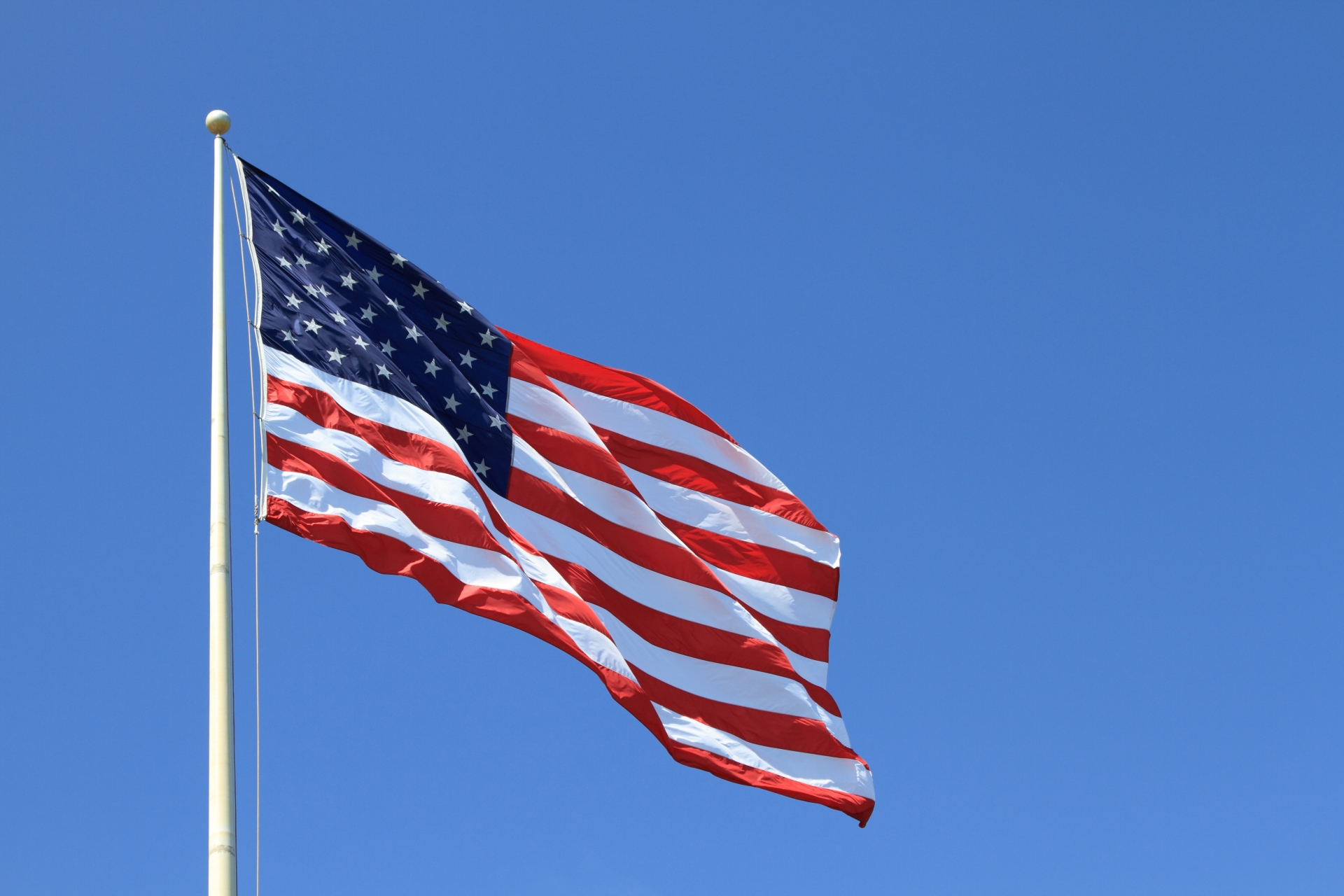Why Ohio Gets Hot, How to Cope, and Where to Stay Cool
Main Reasons Ohio Gets Hot (Overview)
Mid-latitude inland climate (hot and humid)
Ohio lies in the inland part of the U.S. Midwest, where summers bring continental heat combined with moist air from the Gulf of Mexico. This results in many “hot” and “humid” days. Climate change is also increasing the frequency and intensity of hot days and heatwaves.
Heatwaves (blocking highs and other atmospheric patterns)
When strong high-pressure systems (such as a subtropical ridge) persist for days or weeks, heatwaves can occur. This keeps daytime temperatures high and prevents nighttime cooling, leading to a dangerous accumulation of heat stress.
The double-edged influence of the Great Lakes / Lake Erie
Along the lakeshore, breezes from Lake Erie often make daytime temperatures feel somewhat cooler. However, because Lake Erie is shallow, its water warms easily in summer, which can increase humidity and lead to harmful algal blooms. The lake’s “cooling effect” varies by location and season.
Urbanization (heat island effect) and land use
In cities like Cleveland, Columbus, and Cincinnati, heat absorbed by asphalt and buildings slows nighttime cooling, intensifying the urban heat island effect.
Evapotranspiration from farmland
Extensive corn and soybean fields release moisture through evapotranspiration, increasing humidity and making hot days feel even muggier.
(For a more detailed picture of Ohio’s heatwaves and projected climate changes, refer to scientific and government sources.)
Heat (and Heatwave) Countermeasures — Individual, Home, and Community Levels
For individuals (quick actions)
- Shift outdoor activities to early morning or evening: Avoid direct sunlight during 10 a.m.–4 p.m.
- Hydrate with water and electrolytes: Especially on dry days or during physical activity.
- Wear breathable clothing, a hat, and sunscreen; seek shade whenever possible.
- Know early signs of heat illness: Dizziness, muscle cramps, extreme fatigue, nausea, or confusion require immediate cooling and medical attention.
For homes and buildings
- Block solar heat: Use blinds, blackout curtains, or reflective window film.
- Improve insulation and airtightness to increase cooling efficiency; reflective roofs (high albedo) and rooftop gardens also help.
- Fans vs. air conditioning: Fans lower perceived temperature but become ineffective when air temperature approaches body temperature. In high heat and humidity, air conditioning is safest.
- Plan for power outages: Heatwaves can strain the grid—identify cooling shelters and consider backup power options.
At the community/government level
- Designate and publicize Cooling Centers (especially for seniors and vulnerable groups).
- Expand urban greenery and shade through tree planting and green infrastructure.
- Implement heat-reflective or light-colored paving, and support rooftop greening.
- Manage peak power demand and provide assistance to vulnerable populations.
- Provide early heat warnings (Heat Watch/Heat Warning) following NWS and state guidelines, ensuring outreach to at-risk residents.
“Cooler” Places in Ohio (Practical Reference)
Ohio is largely flat, but cooler areas are found near Lake Erie in the north and in the higher Appalachian foothills in the southeast. These make good short-term escapes or weekend destinations.
Lake and lakeshore areas (Lake Erie)
- North shore (Cleveland–Sandusky–Port Clinton) and island areas (Put-in-Bay, Kelleys Island) benefit from lake breezes that moderate heat.
Note: Humidity can still be high, and algal blooms may occur when water temperatures rise.
Forests and valleys (cooler due to elevation and shade)
- Hocking Hills: Shaded trails, caves, and gorges stay relatively cool even in summer.
- Cuyahoga Valley National Park: Forested river trails offer plentiful shade and cooling from the water.
- State Parks such as Mohican, Salt Fork, and Hueston Woods: Feature lakes, forested recreation areas, and shaded spots for swimming and picnicking. The Ohio Department of Natural Resources (ODNR) provides detailed guides.
Urban “day-cool” spots
- Large city parks, riverside promenades, and beaches along Lake Erie can offer temporary relief from heat.
Practical Checklist (Home / Workplace)
- Inspect and maintain air conditioners (clean filters, check refrigerant).
- Install blackout curtains or reflective window film.
- Keep a contact list of high-risk individuals (elderly, children, people with health conditions).
- Know the location of nearby Cooling Centers and emergency shelters.
- For outdoor work, schedule shifts during cooler times.
- Follow official heat warnings and local emergency protocols.
Short Summary
Ohio’s heat is mainly due to continental summer heat plus humid Gulf air, intensified by longer heatwaves from climate change. Lake Erie can be cooling or muggy depending on place and season.
Countermeasures should be layered: individual (behavior, hydration) → home (shade, insulation) → community (cooling centers, green spaces).
Best cooling getaways include Lake Erie shorelines (including islands), Hocking Hills, state parks, and shaded valleys. ODNR resources are useful for planning.



コメント